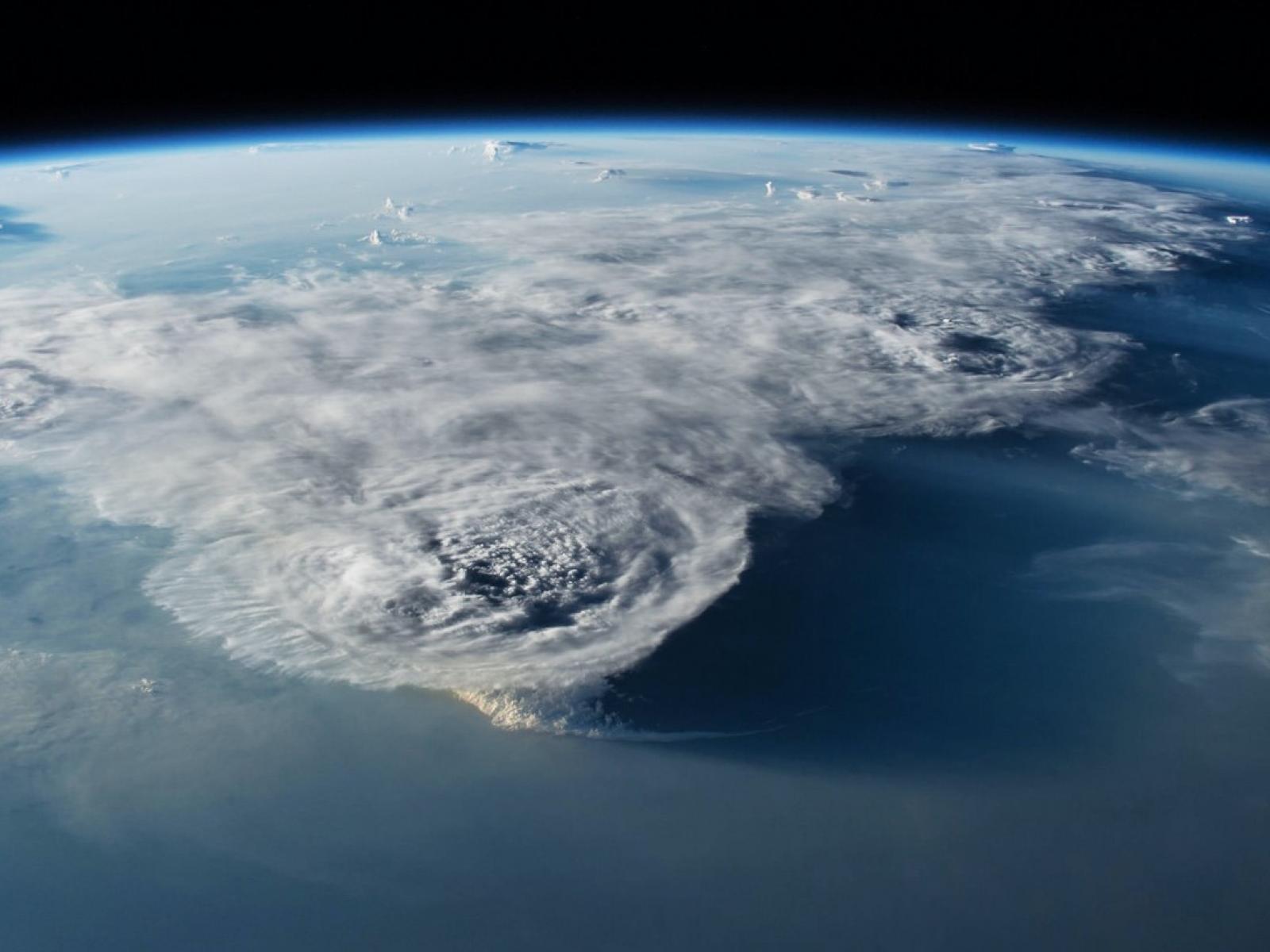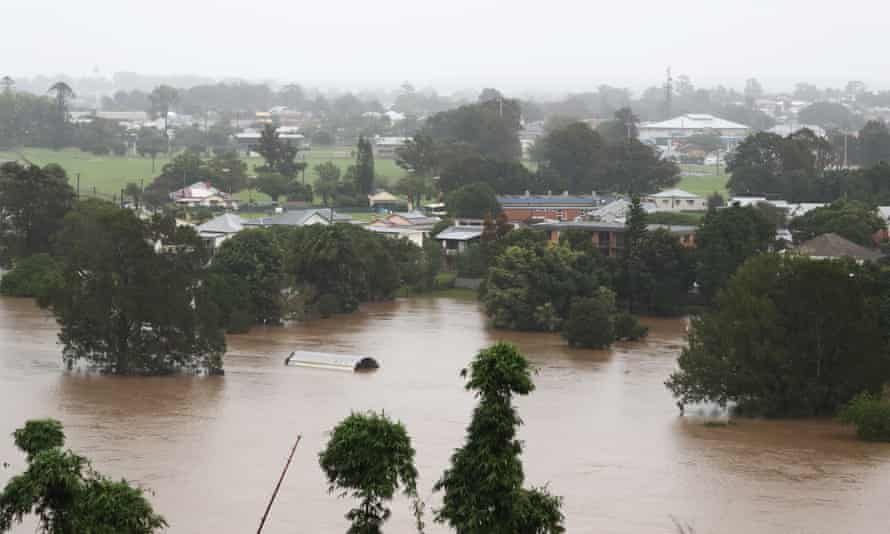El Niño, the infamous climate system associated with warmer and drier weather in Australia, has recently led to unexpected weather patterns. Despite predictions of a hotter, drier spring and increased bushfire risks, Australia has experienced severe storms and flooding along its east coast.
The Bureau of Meteorology declared an El Niño in September, following announcements by NOAA and the UN’s World Meteorological Organization. This El Niño emerged during a period of record-high global ocean temperatures, complicating weather predictions.
El Niño, part of the El Niño Southern Oscillation (ENSO), typically brings warmer and drier conditions to Australia, while La Niña tends to increase rainfall.

Dr. Andrew King from the University of Melbourne explains that the influence of ENSO on rainfall is more pronounced during La Niña. Although El Niño often results in drier springs, it doesn’t guarantee dryness, as a few weather systems can bring substantial rain.
Recent Bureau data shows that spring months were only slightly drier than average in most regions, with September and October being particularly dry. The Indian Ocean Dipole’s positive phase, which shifted warmer waters away from Australia’s northwest, likely contributed to this dryness.
However, December saw average to above-average rainfall in parts of New South Wales, Queensland, South Australia, and Victoria, while the Northern Territory, Tasmania, and Western Australia experienced drier conditions.
Australia’s temperatures have also been notably high, with 2023 tying for the eighth warmest year on record. The El Niño has coincided with above-average temperatures and heat waves, particularly in December.
Research by CSIRO suggests that El Niño doesn’t always mean dry conditions and highlights that coastal regions east of the Great Dividing Range experience weaker connections between El Niño and dryness.
Dr. Andrea Taschetto notes that other factors, like the position of southern winds and warm Tasman Sea waters, are influencing current rainfall patterns.
The increasing intensity of storms and extreme weather events, exacerbated by climate change, underscores the need for improved preparation for such events in the future.

